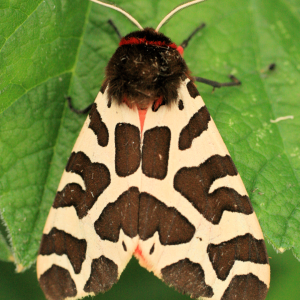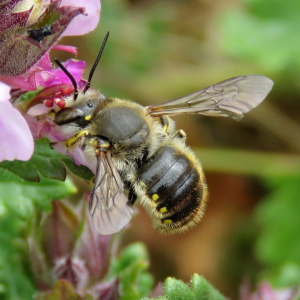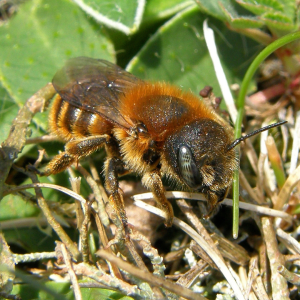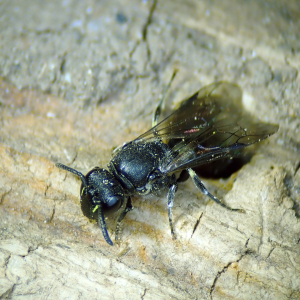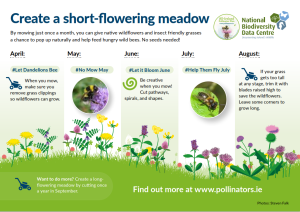Pollinators in June
Which pollinators are active this month? What plants are they visiting? And what can you do to help them? Here’s everything you need to know about pollinators in June.
Which pollinators can I spot in June?
June is a busy month for pollinators. They’re laying eggs and foraging for nectar and pollen. Meadows are at their peak this month, bursting with native wildflowers.
If you spot any of these species, submit your sightings to the National Biodiversity Data Centre. You can attach a photo if you’re not sure if your identification is correct.
Which native plants are growing in June?
Native plants provide the best source of food for our pollinators as they have evolved together. Keep an eye out for some of these species in June.
 |
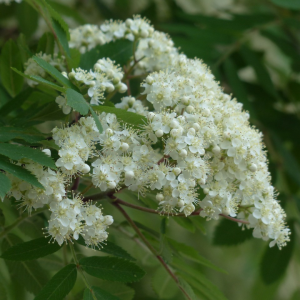 |
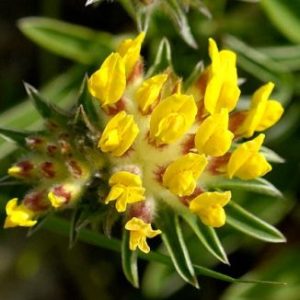 |
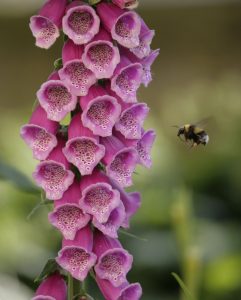 |
|
White clover (Zoë Devlin) (Trifolium repens) |
Rowan (Sorbus aucuparia) |
Kidney vetch (Zoë Devlin) (Anthyllis vulneraria) |
Foxglove (Jane Powers) (Digitalis purpurea) |
Submit your sightings to the National Biodiversity Data Centre. You can attach a photo if you’re not sure if you have the correct identification.
A warning about wildflower seed mixes: Wildflower seed mixes can do more harm than good to biodiversity. They often result in colourful displays that are attractive to humans but are of little value to pollinators. Many contain non-native species and can inadvertently introduce invasive species. Please avoid using them where possible. The best way to encourage native wildflowers is by reducing mowing.
How can I help pollinators in June?
1. Take part in Let it Bloom June
Mowing less from April until September is one of the best ways you can help pollinators. Mowing less – and removing grass clippings when you do mow – reduces the fertility of the soil, allowing native wildflowers to grow naturally. Put the lawnmower away for Let it Bloom June, and see what pops up in your lawn.
Find out more here:
2. Find out what your council has been doing for pollinators
Councils can play a leading role in making the island of Ireland a place where pollinators can survive and thrive. As of March 2023, every local authority and council on the island of Ireland has become a partner to the All-Ireland Pollinator Plan.
By becoming Council Partners, councils voluntarily agree to consider the recommendations of the Pollinator Plan when developing their policies, plans, and management decisions. They also commit to carrying out evidence-based pollinator-friendly actions as recommended in the guideline: Councils: Actions to Help Pollinators, and provide a report on their work to the All-Ireland Pollinator Plan each year.
Find out about the latest work for pollinators in your local authority in the 2023 Council Partner Report:
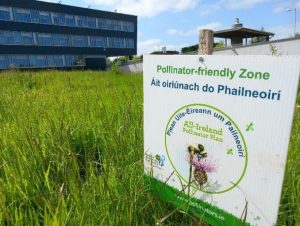
3. Take part in Pitches for Pollinators
Every summer, the All-Ireland Pollinator Plan invites schools to help save the bees by taking part in ‘Pitches for Pollinators’.
This campaign aims to help Ireland’s pollinators like wild bees by leaving school pitches unmown over the summer, allowing wildflowers to emerge. These flowers provide a vital food source for pollinators, supplying them with the nectar and pollen they need to survive and raise the next generation.
During term time, pitches and grassy areas are regularly mown giving children important areas to play. But over the summer holidays we are asking schools to mow less and leave ‘pitches for pollinators. From the end of June until mid-August, leave pitches unmown to allow wildflowers to naturally grow. If this is not possible, consider mowing just once across this period.
When you do mow, remove the grass cuttings. Native wildflowers grow better in poorer quality soil. By removing the cuttings each summer, you will slowly reduce the soil fertility. This means that each summer the pitches will become more flower-rich for pollinators. The summer pitch might look like long grass to humans, but chances are that amongst the grass there will be many flowers that will be lifesavers for our insects.
4. Create nature nodes
Healthy native habitats are essential for biodiversity. From woodlands to hedgerows, semi-natural grasslands to bogs, heaths, sand dunes, saltmarshes, freshwater lakes, rivers and ponds – the island of Ireland is home to a dazzling range of native habitats, supporting a unique variety of flora and fauna. But native habitats need our help. In 2019, the Irish and UK governments declared a Biodiversity Emergency. It’s more important than ever that we protect what remains, and join the dots between them to create ecological corridors.
Nature Nodes are habitats that are protected and improved for biodiversity. They might be spaces where bramble or grass can grow undisturbed. They might be areas of bare ground, or an unused corner of a park where nettles flourish. They might be areas that are entirely unmanaged, slowly moving from shrub into woodland.
Nature Nodes can be any size, from the largest field in an urban park, to the smallest strip of grass in a housing estate. When it comes to nature, every space counts. By identifying Nature Nodes and taking evidence-based actions to protect and enhance them, we can help create an interconnected landscape and save our struggling biodiversity.
Find out more

